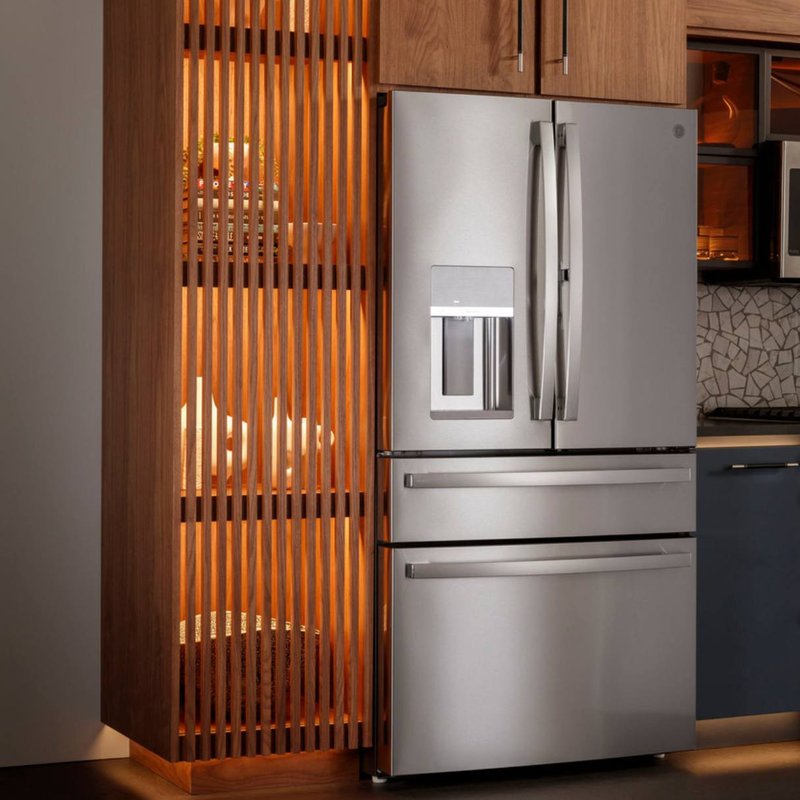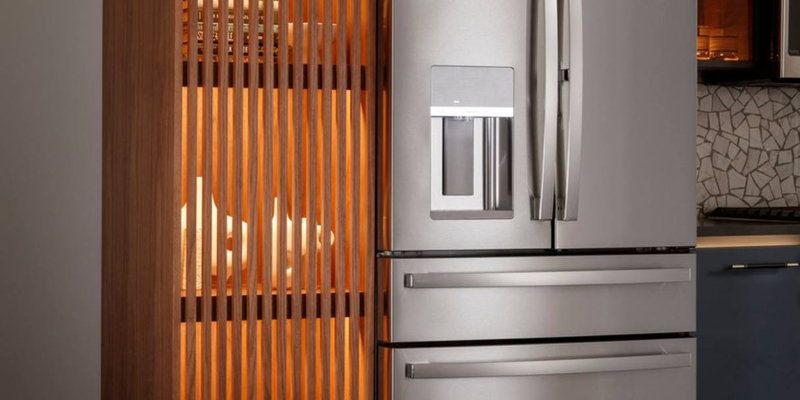
Imagine your refrigerator like a complex orchestra, where every part needs to play in harmony to keep your food cool. When the infamous F1 error shows up, it’s like a musician playing out of tune. It’s a signal that something isn’t right, but the good news is it usually points to one of a few common issues. By understanding what’s causing the error, you can take steps to fix it, ensuring your fridge continues to work smoothly.
Understanding the F1 Error Code
The F1 error code on a GE refrigerator typically relates to a fault within the internal temperature controls or a problem with the refrigerator’s main control board. Think of the main control board as the brain of your refrigerator, overseeing all its functions. When it’s confused or malfunctioning, it can cause the F1 error to pop up.
Often, this error can occur if the temperature sensors aren’t reading correctly. Picture it like a thermostat in your home that’s gone haywire. It might think your kitchen is hotter or cooler than it truly is, leading to a mismatch in the cooling operations of the fridge. If left unchecked, this can lead to your fridge not cooling properly, potentially spoiling your food.
Another potential culprit could be a delay in communication between various components. Like in any team, if the left hand doesn’t know what the right hand is doing, things can quickly go awry. This miscommunication can stem from wiring issues or a glitch in the control board, making it crucial to ensure all parts are connected and functioning correctly.
Common Causes of the Error
One of the typical causes of the F1 error is a faulty thermistor. This little device plays a big role, as it detects temperature changes within the fridge and sends this information to the control board. If the thermistor fails, it’s like trying to drive without a speedometer—you’re just guessing. A faulty thermistor may send inaccurate signals, causing the fridge to either over-cool or under-cool.
Another usual suspect is a defective main control board itself. The control board directs the fridge’s operations, much like a conductor leading an orchestra. If the board is damaged or experiencing a glitch, it’s unable to effectively manage how the fridge operates, leading to that persistent F1 code. Sometimes, power surges or just regular wear and tear can take a toll on the control board.
Lastly, consider the wiring and connections—something as simple as a loose wire can be the source of the problem. Think of it like a string of Christmas lights; if one bulb is loose or broken, it can cause the whole string to malfunction. Ensuring that all wiring is properly connected and free from damage is vital for resolving error code issues.
Steps to Troubleshoot and Fix the Issue
First, try resetting your refrigerator. It’s akin to rebooting your computer when it acts up. Unplug the appliance for a few minutes, then plug it back in. This can sometimes clear minor glitches causing the error without further intervention.
If that doesn’t work, you might need to inspect the thermistor. You can usually access it through the back panel of the fridge. Ensure it’s securely connected and test it with a multimeter if you’re comfortable doing so. If it’s not functioning properly, replacing it might be necessary.
Finally, if none of these solutions work, examining the control board or consulting a professional technician might be your best bet. Given that the control board is the hub of all operations, handling it carefully or seeking expert help ensures you don’t accidentally create more issues.
Maintaining Your GE Refrigerator
Prevention is always better than cure, right? Keeping your fridge in tip-top shape can prevent error codes like F1 from appearing. Regularly check the seals on your refrigerator doors to ensure they’re tight and free from cracks. This ensures the interior maintains proper temperature without undue stress on the appliance.
Routine clean-ups can work wonders. Dust and debris accumulation can cause parts to overheat or malfunction, much like a well-oiled machine that suddenly chokes on dust. Cleaning the back and underside of your refrigerator every few months can help maintain efficient operation and prevent errors.
Lastly, always be gentle with settings. Rapidly fluctuating temperatures, like pushing your fridge to extreme cool settings, can confuse the control board and sensors. Keeping settings moderate ensures everything runs as it’s supposed to, prolonging the life of your appliance.
By understanding what triggers the F1 error code and taking proactive steps to maintain your GE refrigerator, you can avoid unnecessary stress and ensure your fridge serves you well for years. Remember, when in doubt, don’t hesitate to reach out to a professional to keep everything running smoothly.
